A Study of the Textile Art in its Relation to the Development of Form and Ornament
A Study of the Textile Art in its Relation to the Development of Form and Ornament
Sixth Annual Report of the Bureau of Ethnology to the Secretary of the Smithsonian Institution, 1884-'85
Government Printing Office, Washington, 1888, pages 189-252
Book Excerpt
ch of esthetic fingers; besides, there are peculiar difficulties in the way of detecting traces of the presence and supervision of taste. The inherent morphologic forces of the art are strong and stubborn and tend to produce the precise classes of results that we, at this stage of culture, are inclined to attribute to esthetic influence. If, in the making of a vessel, the demands of use are fully satisfied, if construction is perfect of its kind, if materials are uniformly suitable, and if models are not absolutely bad, it follows that the result must necessarily possess in a high degree those very attributes that all agree are pleasing to the eye.
In a primitive water vessel function gives a full outline, as capacity is a prime consideration; convenience of use calls for a narrow neck and a conical base; construction and materials unite to impose certain limitations to curves and their combinations, from which the artist cannot readily free himself. Models furnished by nature, as they are usually grac
Editor's choice
(view all)Popular books in Science, Government Publication, History
Readers reviews
0.0
LoginSign up
Be the first to review this book
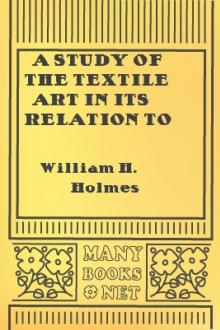
 Free Download
Free Download











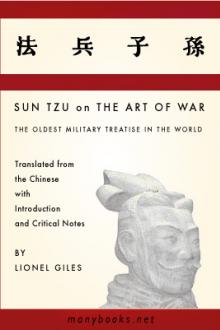
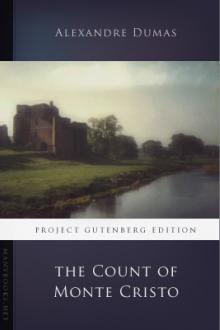
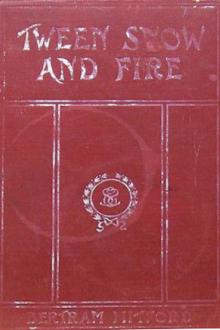
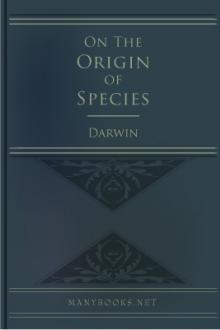
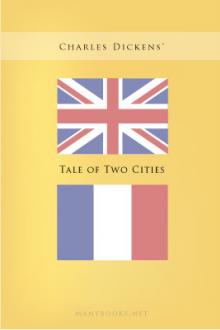
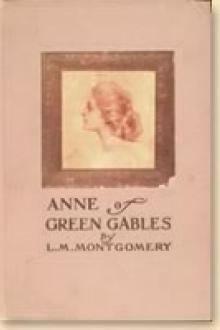
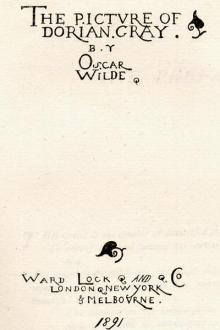
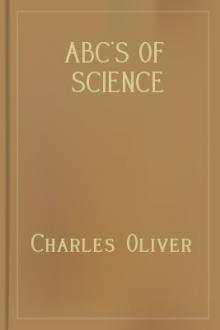

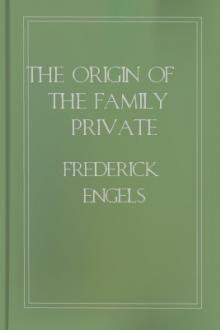
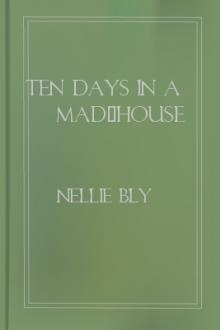
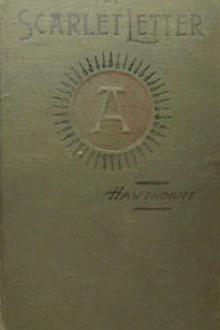


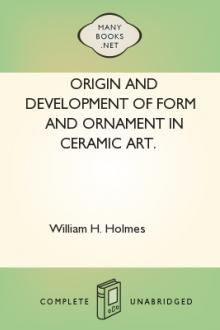
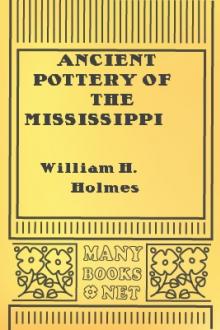

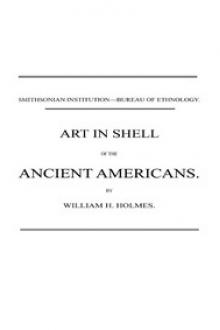
-itok=vcKIB5v1.jpg)
